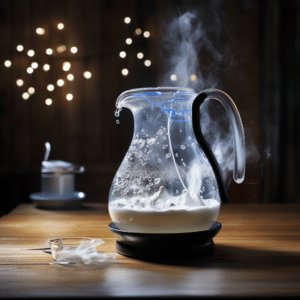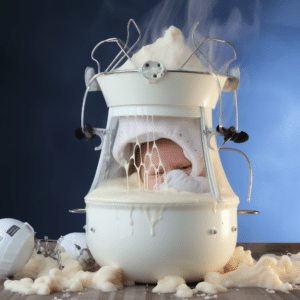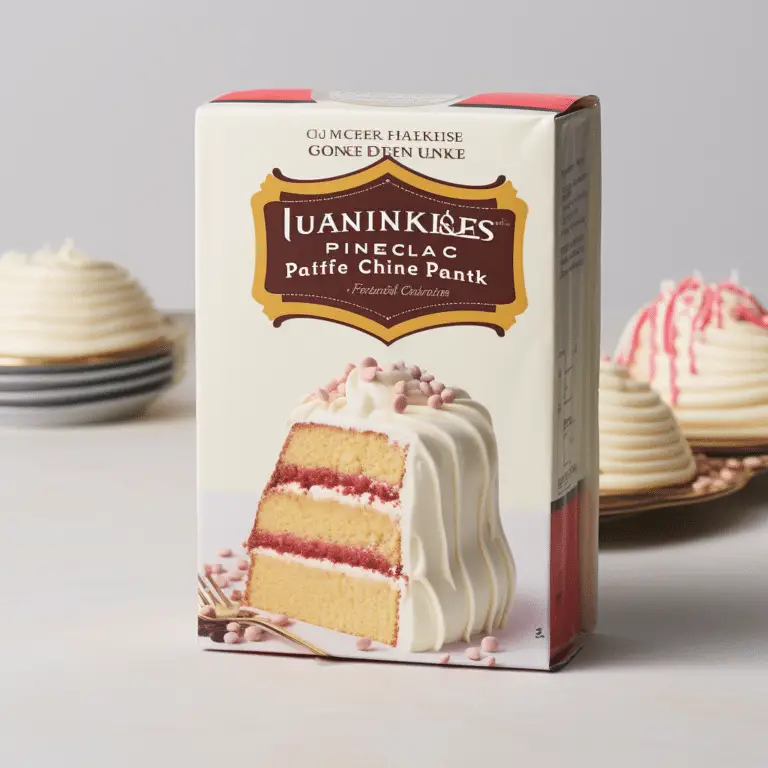Reheating Breast Milk: Guidelines and Recommendations
Reheating Breast Milk is the best food for your baby. And although breastfeeding is excellent, not everyone has the time to do so. That’s where expressing milk comes in. Expressing breastmilk ensures you do whatever you have to do, like going to work, while your baby gets nourishment from the liquid gold. However, there are specific guidelines regarding expressing breastmilk.
One, proper storage needs to be observed to ensure the milk remains fresh and safe for the baby to drink. Then there are guidelines regarding freezing, thawing, and reheating breast milk. Once removed from the refrigerator, how often should you reheat the milk? Should you reheat it once, or can you reheat breastmilk twice? Read on to get your question answered.

Can You Reheat Breastmilk twice?
No, it’s not recommended to reheat breastmilk twice. Reheating one time is okay, not more than that. Anytime you’ve defrosted frozen breastmilk, warmed it, and fed your baby, discard the remaining milk once it’s stayed for more than two hours. The same is valid for warmed expressed breastmilk from the fridge. Never re-store leftover breastmilk that has lasted at room temperatures longer than two hours.
Yes, discarding breastmilk is a huge loss and a waste, but there are reasons behind that. And the case can be worse if the breastmilk remained from your child’s feeding session. Usually, bacteria grow at a slower rate in breastmilk than in formula. However, milk from your child’s feeding contains your little one’s saliva. The saliva may contain bacteria that can contaminate the milk.
Moreover, reheating milk affects the milk’s nutritional components, including antibodies, which significantly strengthen your child’s immune system. When you reheat breastmilk twice, you destroy the essential nutrients, leaving the milk nutrient deprived.
So, how can you avoid having leftover breastmilk?
It’s good to reheat a small amount of breastmilk when you want to feed your baby. This way, you’ll be sure there will be no leftovers. And if your baby wants more milk, you can warm more expressed breastmilk to feed your little one. This ensures you don’t have leftover milk and, thus, no reheating.
How Can You Safely Reheat Breast Milk
There are some things to consider when reheating breastmilk. They include:
Confirm The Breastmilk Is Safe
Before reheating breastmilk, establish that the milk is of good quality and safe. Using your senses is an excellent way to know whether the milk is good or bad. Look for signs that indicate the milk is spoiled, like a lumpy consistency, weird smell, or color change. In case you see a fat layer on the milk surface, shake the milk. If the fat doesn’t mix with the milk, discard the milk.
Avoid Microwaving
We live a hectic lifestyle and always look for instant solutions, including feeding our kids. Sometimes when dealing with your little one, especially when crying, you may be tempted to warm up breastmilk in the microwave to spare a little time.
That’s not a good idea, and you should always avoid microwaving your baby’s milk, whether breastmilk or infant formula. Studies suggest that warming breastmilk and formula in the microwave result in the milk being heated unevenly, creating hot spots.
The hot spots are dangerous and can scald your baby’s mouth or throat when they drink the milk. Moreover, the heat destroys essential nutrients and immune-boosting components in the milk.
Here are three ways of safely reheating your baby’s breastmilk:
Use A Bowl Of Warm Water
To warm milk in a bowl of warm water:
- Place the milk storage bag or bottle in a bowl of lukewarm or warm water, not hot boiling water.
- Leave the milk to sit in the bowl for two minutes, remove it, and your milk is ready.
- Feel free to use this method to defrost frozen milk too.
Use Running Water
You can also warm milk by placing the milk storage bag or bottle under warm or hot running water. Hold the milk until it becomes warm enough to feed your baby. Note that this method will take more time than a bowl of warm water.
Use A Bottle Warmer
Bottle warmers are one of the best and most convenient ways of warming milk. Warming breastmilk using this device is pretty simple. Pop your milk inside the bottle warmer, and give it a few minutes. Voila! Your milk is nice and warm. Some bottle warmers have a unique feature that turns off once the milk is warmed. This device can come in handy for mothers suffering from mommy’s brain.
What’s more, bottle warmer have many functions, including warming and thawing. So you don’t have to defrost your milk before warming it in the bottle warmer. You just place the frozen milk in the bottle warmer, and it will be thawed and heated simultaneously. Bottle warmers also come in different sizes. This is good in case you have a big bottle, and not regular ones.
Some bottle warmers have a food-warming feature. This can be a worthy buy when your baby starts eating solid foods. It’s good to remember that different bottle warmer models are suited for various materials. And that some bottle warmers are not ideal to use with glass bottles. So, check the specifications and warnings before purchasing one.
Test The Reheated Milk’s Temperature Before Serving
Once you’ve warmed the breastmilk, ensure you test the milk temperature before feeding your baby. Most babies like milk to have the same temperature as the one from the breasts (around body temperatures) or room temperatures, while others have no problem with cold milk.
The best way to test milk temperatures is by putting the milk on your wrist’s inside. The milk is safe to drink if the temperature feels right, not hot or cold. However, if the milk is too hot, cool it down by holding it under cold running water before serving your baby.

Conclusion
Reheating Breast Milk Can you reheat breastmilk twice? No, you cannot reheat breastmilk more than once. Reheating breastmilk twice kills most of the antibodies that play a crucial role in enhancing your little one’s immune system.






